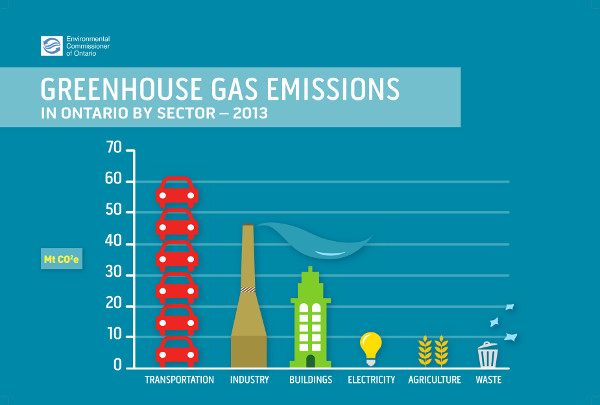Reports support objectives of Toronto Climate Summit
Posted by Michelle Cholak on July 08, 2015
Ahead of this week’s Climate Summit of the Americas, two new reports have been released which support the importance of reducing greenhouse gas emissions and creating global opportunities for the creation of low-carbon economies.
The Organisation for Economic Co-operation and Development (OECD), in co-operation with the International Energy Agency, the International Transport Forum and the Nuclear Energy Agency, released a report last week which opens a new phase in policy efforts to fight climate change. The report, Aligning Policies for a Low-carbon Economy, offers a diagnosis of the misalignments between existing policy frameworks and a low-carbon transition. It also identifies the inconsistencies in cross-cutting policy domains (investment, taxation, innovation and skills, trade, and adaptation) and activities at the heart of climate policy (electricity, urban mobility and rural land use).
According to OECD, we must re-align the global economy toward long-term investments in low-carbon infrastructure for sustainable growth. The video below was released by the OECD to explain the report's findings and demonstrate how we can work together to overcome policies that stand in the way of a low-carbon future.
The second report, Feeling the Heat: Greenhouse Gas Progress Report 2015, was released yesterday by the Environmental Commissioner of Ontario (ECO) and warns that the government will miss its 2020 target for reducing greenhouse gas emissions if it doesn’t expand and act on its climate change policies.
“Unless the government takes more aggressive action, particularly in the transportation and building sectors, it will not be able to meet its target to reduce greenhouse gas emissions by 19 megatonnes by 2020,” stated Ontario’s acting Environmental Commissioner Ellen Schwartzel in a media release. “This would be roughly equivalent to the reductions it achieved with the closure of the province’s coal-fired electricity plants.”
According to the report, the transportation sector is the single largest source of greenhouse gas emissions in Ontario. “The government can rightly point to its success in closing the coal-fired plants,” Schwartzel pointed out in the release, “but we need a more ambitious suite of actions to get us to our 2020 target, focused especially on reducing emissions from cars and trucks. And each time a new high-rise tower goes up, we should be reminded that buildings account for the next biggest increase in megatonnes of CO2.”

When representatives from Pan-American jurisdictions, Indigenous and environmental groups, and industry meet at the Climate Summit to work towards reducing greenhouse gas emissions and expanding carbon pricing networks, these two reports should certainly be brought to the forefront in support of these objectives.
Filed under: Sustainability 101